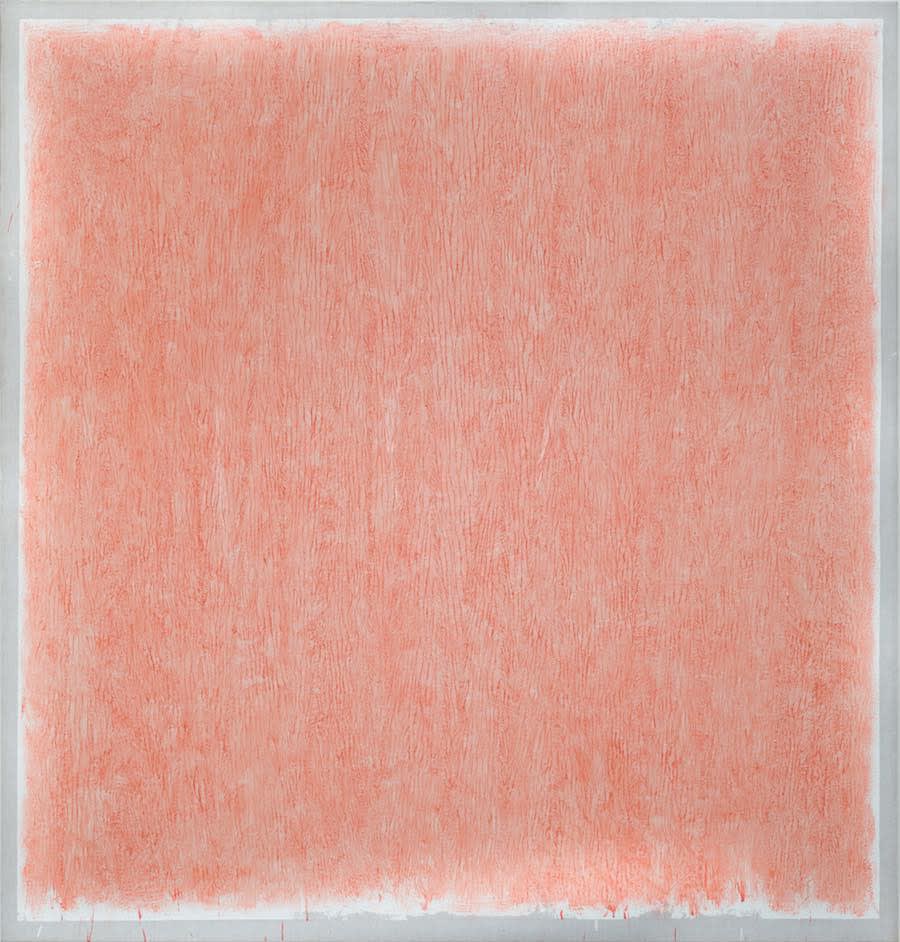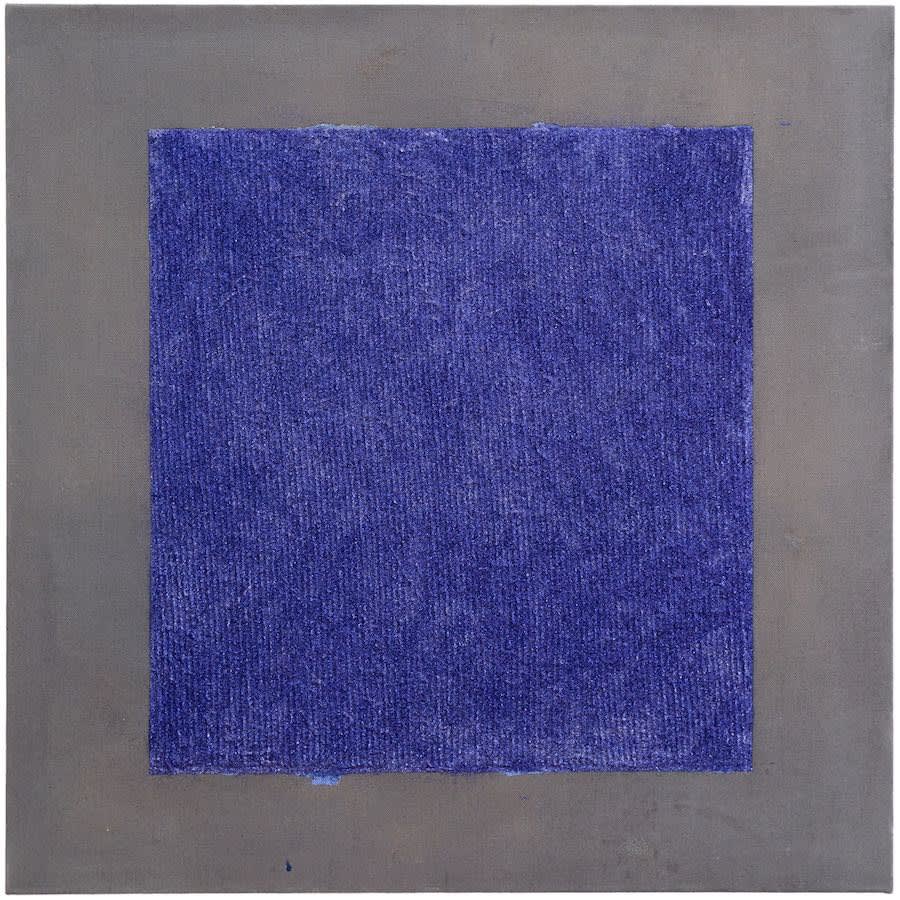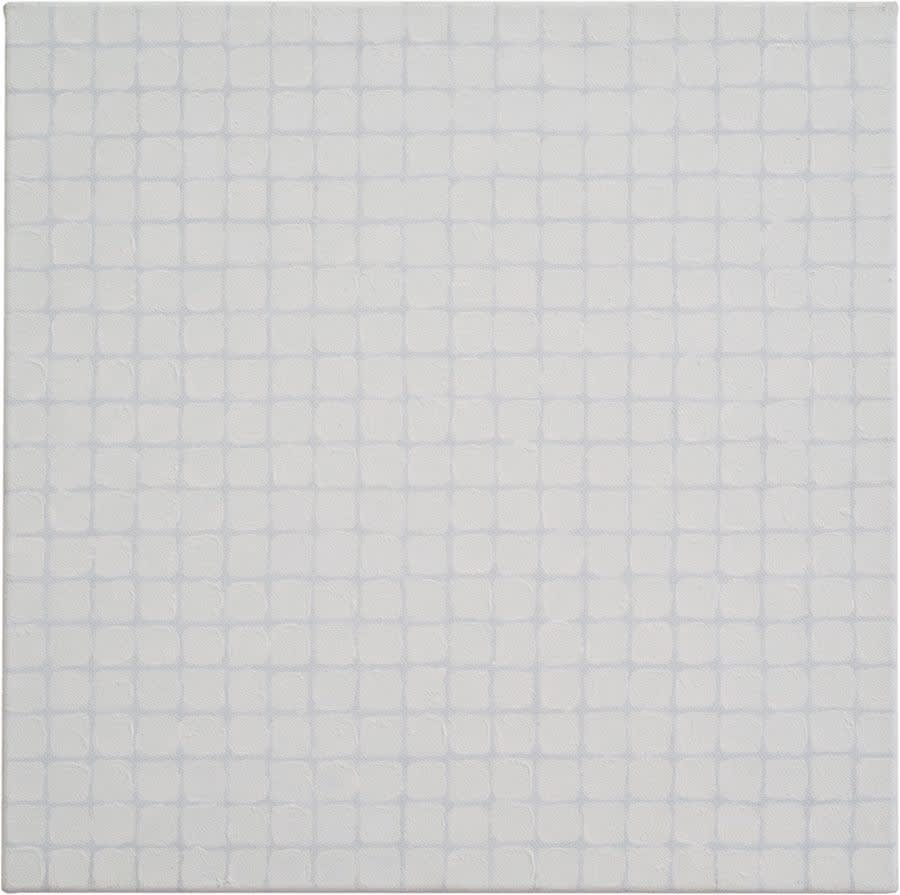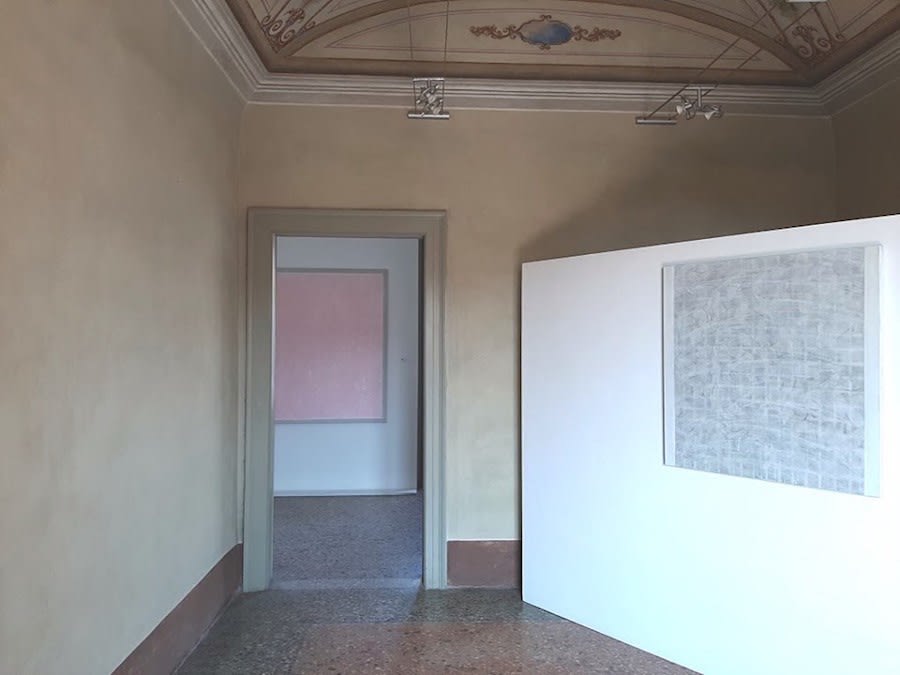Interview with Tomas Rajlich
Simona Squadrito: You are the winner of the 61st edition of the Bugatti - Segantini International Prize. How did you receive the news of having won this Prize? Did you already know this long-lived Italian artistic event?
Tomas Rajlich: I am very honored to have been awarded the Bugatti-Segantini International Prize for my lifetime work; of course, I was very pleased to receive this news through Antonio Borghese of ABC-Gallery in Genoa. Although, I must admit, I was not really aware of it previously.
S.S: In 1969, following the Soviet invasion of Czechoslovakia, your birth country, you decided to move to the Netherlands and lived there for about thirty years. Would you like to tell us something about that period of your life? Was it easy to leave Czechoslovakia?
T.R: It's never easy to leave one's native country, but there are situations when it's necessary. In 1969, a year after the Soviet Invasion, the Netherlands was the last country to accept immigrants from the Eastern Bloc. That was our luck in those unlucky circumstances. The Netherlands, which has an amazing history in painting, became our new homeland for the following four decades. Also in those years, the Netherlands was home to numerous important artists like Jan Schoonhoven and herman de vries. They immediately understood my work; And it was thanks to their efforts that, after only a few months of cleaning oil tankers in the Rotterdam harbor, I was able to continue on my artistic path. I was granted to position of assistant at the Vrije Academie in The Hague and was soon promoted to lecturer.
S.S: Italy is a country that immediately appreciated his research, in fact there are numerous exhibitions in which your works are involved. In addition, since 2010 you have lived and worked between Italy and Prague.
It seems to me that it is possible to speak of mutual interest and love. In your opinion, why is your work so appreciated in Italy? What were the reasons that led you to move to Italy?
T.R: Italy has always played an important role in my life. At one point, early on, we were considering to emigrate to the United States, as New York was the undisputed capital of the arts (as Paris had been before). We did not, because I realized I had never seen Italy and its cultural treasures. Back then, an intercontinental airplane ticket was significantly more expensive and such trips much less common. I decided that we might not be able to return to Europe more than a few times only in our lifetime, should we live in New York. So, we decided to stay in the Netherlands and start discovering Italy whenever possible. You know, avantgarde art has always had its roots in tradition, even if it might rebel against it. Therefore, I am convinced that without knowing important art throughout the ages such as Italian art, it is impossible to develop a serious artistic practice. As to the Italians, it is clearly a nation that loves beautiful things - take Italian design, for example. I dare speculate it is because of this, that my paintings have always been appreciated in Italy. I am convinced art is and should always be also about beauty. To answer the last part of your question, as emigrants for reasons of the political situation we were classified as traitors and charged with a prison sentence in Czechoslovakia. We could not return there to see the country or our family until 1989. So, once our daughter Claudia was born, it seemed like an obvious choice to create a second home in Italy to spend our vacations instead.

Tomas Rajlich, Brigantia, 2002, 220x200cm, acrylic on canvas
S.S: In the last few years, interest in painting has grown again internationally. The slogan most written and read is that of "a return to painting". You have been painting all your life, what does this "return" inspire you? In your opinion, how much do you think this renewed interest in painting is linked to the market and the ease of selling paintings? Which do you think are the reasons of such interest?T.R: As you know, painting has been proclaimed dead many times. These "ends" of painting were always followed by some kind of revival of painting. Over the past years, to believe the media, we are once more "returning" to painting. The fact is that painting has never left the scene. Visual expression is part of our human nature - think of the earliest cave paintings like Lascaux or Altamira, for example. In our modern world, this urge to express ourselves visually has brought along innumerable mutations and deformations that, in their kitschy nature and manipulative potential, strongly remind of "Socialistic Realism." which I left behind when emigrating. These have nothing to do with beauty, while, as the philosophy of aesthetics teaches us, beauty has always been part of art and hence of painting. It are these new additions to the artworld that often go hand in hand with a societal tendency or fashion. In recent decades, this has meant a new kind of art public, raised in a world of fast images like blockbuster movies, television, computer games, and social media. It is these recent generations that are easily attracted to such kinds of striking visual expressions. They do not have the patience for thinking about art, contemplating painting, and letting beauty unfold itself in the experience. They desire an immediate kick, to be entertained and to be able to show off. The art market, like other markets, strategically plays to these needs, as a good part of these younger individuals are todays wealthy.
This said, there are always exceptions to the rule and I am confident that the more "traditional" kind of artworld is here to stay - and so is painting. Ad Reinhardt wrote in the fifties that "art is art and everything else is everything else." It still perfectly summarizes the situation on the art scene today, in my opinion. S.S: You are one of the founding members of Klub Konkretistů, an avant-garde group from Prague, born in 1967 that follows the wake of the European neo-avant-gardes born a few years earlier as Azimut (1959) in Italy, ZERO (1960) in Germany and in the Dutch Nul Group ( 1961) in the Netherlands. Were there any exchanges or mutual influence among your group and the other three mentioned above? What were the distinctive features of your group compared to the aforementioned European groups?T.R: In the 1960s, the total isolation of Czechoslovakia from the Western world eased up a bit. Still, we were not aware of recent happenings on the art scene like Azimut, ZERO or Nul. What we did know was that we needed to do something. We were three young artists working in the geometric vein and one theoretician, and together we founded the Klub Konkretistů. It was a rather naïve action, based on the Constructivist tradition. Yet, it brought along one significant advantage: It allowed us to get in touch with likeminded young artists abroad. They sent us works by mail - drawing and prints - to include in our group shows. These were artists like Alviani, Colombo, Munari, Carino and Uncini from Italy, and Soto, Morellet, Riley, and herman de vries, amongst others. S.S: The art critic Alberto Zanchetta writes that "Life and Form" are two concepts that best reflect the philosophy of your works, they are examples of the research that is also referred to with the term "painting-painting". Zanchetta highlights your stylistic coherence and furthermore argues that if you had not been a painter you could have been a writer who has always worked on the same novel, adding a new chapter each time, aware, Zanchetta writes, of the fact that the final word it will never arrive. Do you see yourself in this assessment of your research? Would you like to add some comments?T.R: I guess there is some truth to what Alberto Zanchetta wrote. It seems impossible to find the "holy grail," but that doesn't mean we should stop searching. S.S: Next October an exhibition will be inaugurated at the ABC-ARTE gallery in Genoa that will present to the public a corpus of your works created between 1976 and 1979, known as Black Paintings. What drove you to search almost obsessively to explore the potential of black for four years?T.R: My paintings from the 1960s and early 1970s where white, then gray, becoming ever darker by way of the layering of paint over the grid. This quest issued in paintings almost totally black with remainders of the grid visible solely around the edges. My very last paintings from that period are black squares with a smooth surface executed in shiny enamel; The grid is totally invisible. These marked the end of my "non-color" period; And because colors exist and can be painted with, I am still at it today.

Tomas Rajlich, Untitled, 2017, 90x90cm, acrylic on canvas

Tomas Rajlich, Untitled, 1972, 60x60cm, acrylic on canvas

Simona Squadrito
ATP Diary

